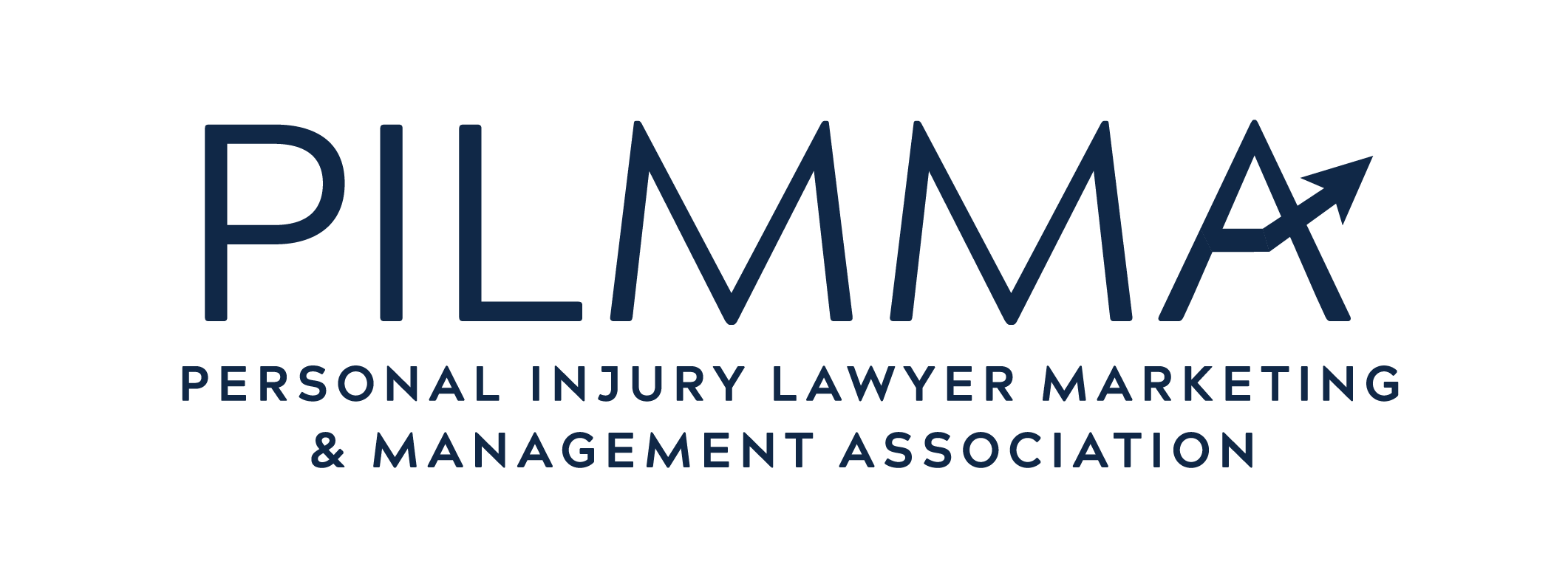Social media content continues to grow as a way for brands to connect with and educate audiences. For law firms, being active on social media can serve to further increase brand awareness and usher prospects through the decision-making process to a point of becoming a client. If you’re considering investing time and resources into building up your social media presence, there are a few questions to think through that will guide the actions you take and platforms you choose.
What’s the goal of social media?
For personal injury law firms, what role does social media play? What do your social media accounts need to do for you? In personal injury legal marketing, traditional advertising is often where you find your audience, sometimes in mass, and they find you. Plus, many channels are a great way to generate brand awareness and support distinction. Prospective clients see or hear your commercials—they know your name, and they know your services. One goal of your law firm’s social media account(s) could then be to develop the personality of your brand, a way to say, “This is the distinction of our brand and the value our people deliver to your case.” Social media can humanize your firm and define your tone. Is your style serious, buttoned-up, and all business? Or is your style more of a light-hearted, quirky, neighbor next door? Based on the goal of your presence, choose which foot to put forward through your social accounts.
What is the role of each platform?
Each social media platform is unique, serves a different audience, and should be treated differently. What types of people are on LinkedIn, Facebook, Instagram, Twitter, and TikTok, and how do they act differently? You can easily find or google this information and define the role that each platform should play for your law firm marketing strategy.
An easy example is LinkedIn. A professional, B2B site, LinkedIn provides a perception of your brand to other attorneys, professionals, and colleagues for two reasons. One, other attorneys will hear about your law firm and might refer clients to you that they—for whatever reason—can’t help. Two, LinkedIn can serve as a recruitment tool, demonstrating how your law firm presents itself, provides superior service to its clients, and is a growing and welcoming firm for potential new attorney hires. The purpose LinkedIn serves is completely different from that of Twitter or Instagram, and defining these roles in advance, during social media strategy development, is important.
What are your expectations and what metrics will demonstrate they are met?
What do you want out of this initiative? If you are going to devote time and energy to creating content, posting, responding, and staying engaged, then have a clear understanding of what you expect to come of the work. Metrics that show your engagement (e.g., likes, videos viewed, links clicked, conversions achieved) and reach (e.g., impressions) can help you keep tabs on your goals and expectations.
You might also like: Four Hot Software Programs for Social Media Marketing
It’s important to remember that social media for your law firm marketing isn’t for fun—it’s business. If you’re spending time, money, and energy on social media content, ask yourself what metrics need to be reached for it to be a worthy investment. What percentage of people who see your content do you expect to pick up the phone and call you to become a lead or client? Five percent? If 5% of your social media audience equates to five people, you may decide that’s not worth the work. But if 5% is 25 people, you may be more inclined to keep it up.
While we might be talking about social media and law firm marketing, the bigger conversation revolves around running a business and the bottom line. As such, you must look through such legal marketing decisions through a business lens.
How much time and energy will it take?
Producing original content is a lot of work. If you’re hiring someone to do this for your law firm, keep in mind the conversations you’ll need to have to correctly portray your brand’s voice as different from the law firm down the street trying to accomplish the same results. Remember the research, graphic design, and your firm’s approval process. Finally, consider the time it takes to review analytics and reporting. You’ll need to know if your efforts are achieving your goals, and all of this takes time. What is your time worth?
About Roux Advertising
Eric Morgan is President of Roux Advertising, a full-service agency that increases law firm case volume through distinctive marketing campaigns. Roux uses a strategy-first process that positions law firms uniquely in a marketplace and crafts the ad messaging, media buying, and analytics to capture brand awareness and drive qualified calls.

